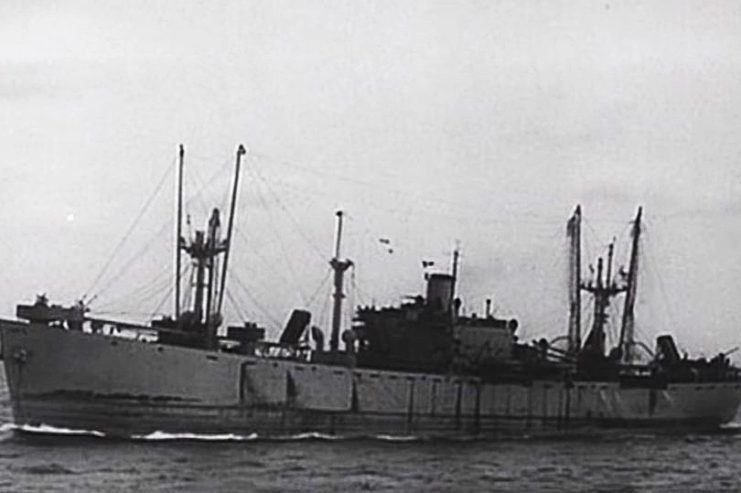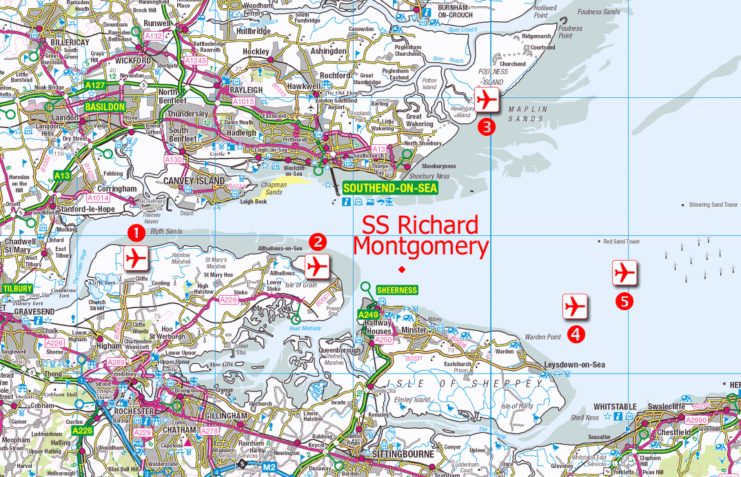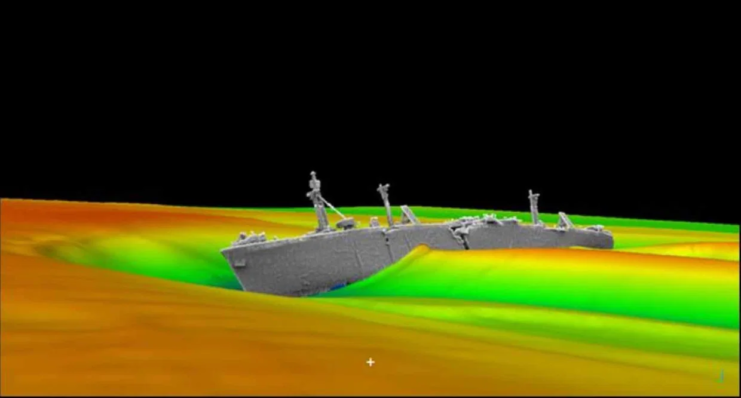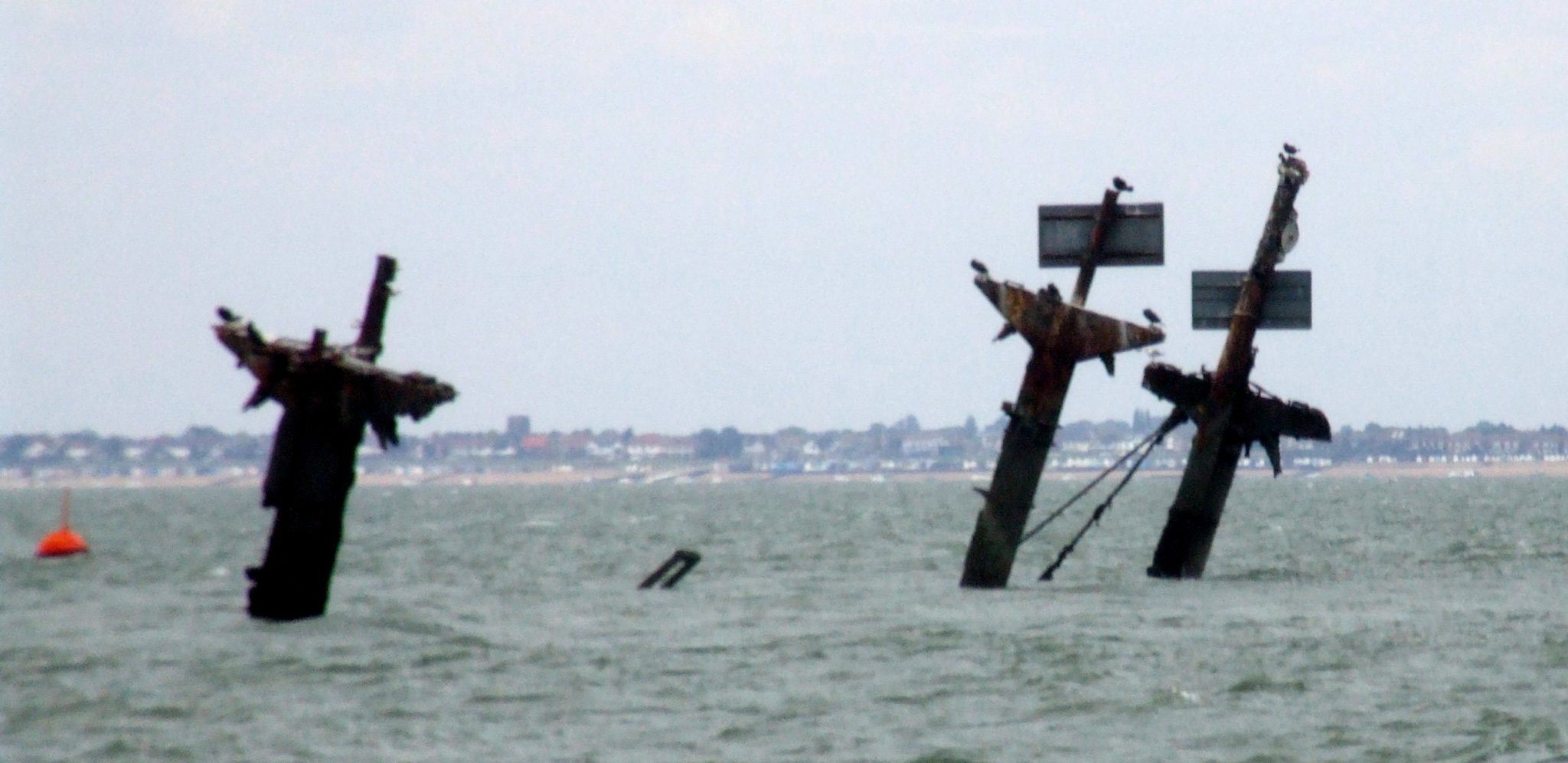In August 1944, the US Navy ship SS Richard Montgomery was delivering over 6,000 metric tons of explosive ordnance for use in the Allied press into France after the D-Day invasions.
When the ship arrived in Britain, the King’s harbor master in Southend in the Thames estuary instructed the captain of the Montgomery to moor at Sheerness middle sands.
On August 20, 1944, a force 8 gale ripped through the estuary and caused the Montgomery to drag her anchor and run aground. When the tide ebbed, the plates buckled. The captain and crew were forced to abandon ship.
On August 24, 1944, one of the holds breached and the ship’s back was broken two weeks later.

The cargo of the ship included 2,000 cases of cluster bombs, dozens of Blockbuster bombs and hundreds of more standard bombs weighing up to 1,000 pounds each.
Half of that cargo was removed before the ship developed a crack and split in two. The ship was allowed to sink and has lain on the bottom of the Thames for 75 years.
There are still 1,400 metric tons of ordnance on the ship. Authorities have placed signs on the masts which still remain above the water’s surface. They have also created an exclusion zone around the wreck which requires everyone remain 500 meters away from it.

The Montgomery is the most surveyed and closely watched wreck in British waters. Recent surveys have demonstrated that the structure of the ship is eroding. Experts worry that weight of the masts could cause them to fall through the weakened deck of the ship into the explosives below.

Such an event would lead to an explosion that would send a 3,000 meter column of water into the air and a five meter tidal wave up the Thames. The tsunami would flood Sheerness and the 11,000 residents there.
Ken Rowles made a documentary about the wreck. He said that major work on the wreckage such as removing the masts carries an extreme risk on its own as the work to remove the masts may trigger the explosion it is meant to avoid.
Kelly Tolhurst MP, the aviation, maritime and security minister, said in a letter that they were aware of the risks inherent in the work but that it was necessary to minimize the risk of the masthead collapsing. Residents on the nearby Isle of Sheppey and in Southend have lived for decades in fear of an explosion at the wreck site.
The ship is owned by the US government. It is designated a dangerous wreck according to Section 2 of the Protection of Wrecks Act 1973. This means that the UK government is required to carry out regular inspections of the wreck site.
Another Article From Us: $220 Million in Gold Bullion was Recovered From HMS Edinburgh
Recently, red buoys that mark the perimeter of the exclusion zone were removed for cleaning. Those buoys will be even more important once the masts are no longer there to serve as a landmark. The Ministry of Defense is providing experts to be present to guide the removal of the masts.
